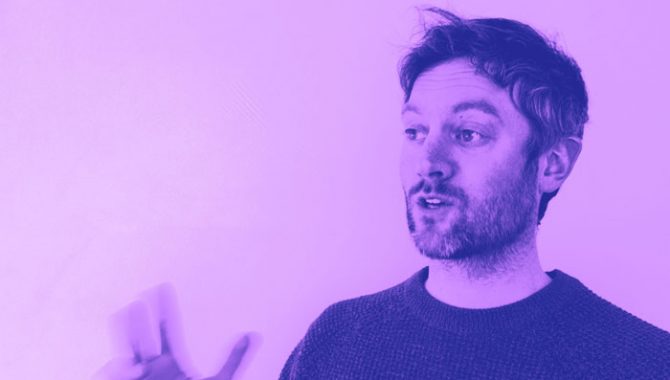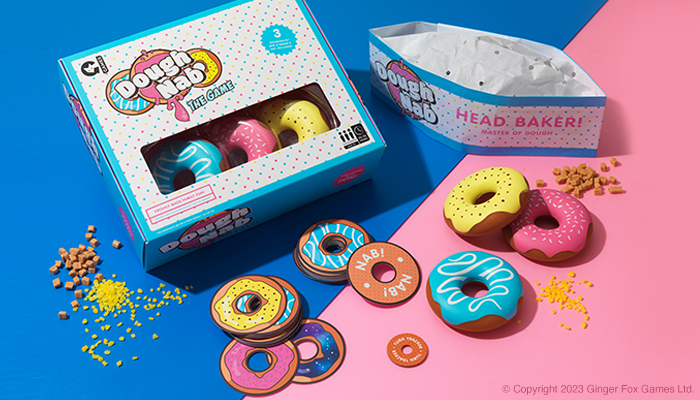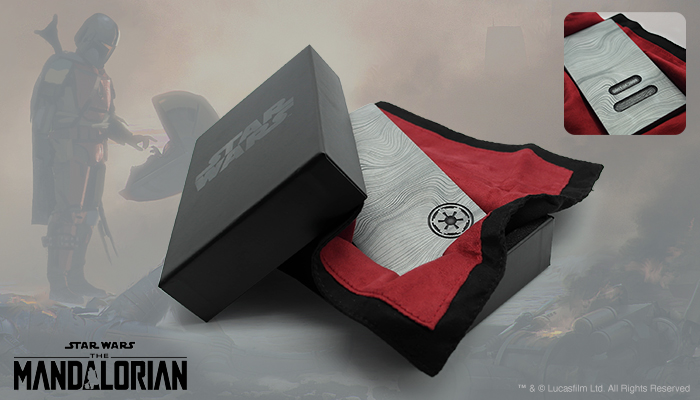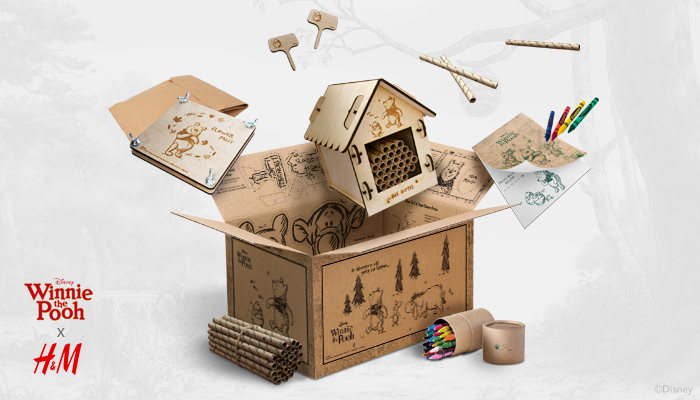—-
To stay in the loop with the latest features, news and interviews from the creative community around licensing, sign up to our weekly newsletter here

Jon Morse – Senior Designer and Creative Lead at Tomato Source – discusses sustainability, fandom and trendspotting.
Jon, thanks for making time. Can you give us a quick summary of your route into design and your career to date?
My path into the creative industries was set fairly early on when my reception teacher told my mum: ‘He could be an artist!’ I always enjoyed drawing and painting when I was younger and following my A-Levels, I enrolled at the Arts Institute Bournemouth to do the Art Foundation diploma. We sampled many different disciplines during that year including Fine Art, Photography and Graphic Design.
The Graphic Design teacher was so inspiring that I decided to follow that route at Falmouth University rather than Fine Art, which had been my original intention… I thought I was more likely to get a job at the end of it! So, I didn’t become an artist but close enough.
Following graduation I worked for several companies – most notably designing gifts and games for Ginger Fox Games and promotional products for Tomato Source.
You have built up some great experience across some interesting categories. When designing games and toys at Ginger Fox, how do you first approach the category?
Our approach at Ginger Fox was to always put a lot of time into testing game mechanics and making sure that our target audience was front of mind. The design and product development teams would often concept and develop games together, which meant a wide set of skills was utilised really well.
“You need to be respectful of style guides, but maverick enough to push them where possible.”
I couldn’t believe it when I started… I was earning a living by playing games all day! We also had regular games nights in the local pub where we would play existing games and test our own with colleagues and friends. The design team were also always encouraged to attend trade shows such as Spring and Autumn Fair to keep on top of trends and themes that were coming through.
With regards to toys, I was lucky that my time at Ginger Fox coincided with the birth of my two daughters. I was surrounded by toys at home so inspiration was all around and I had a couple of very willing product testers!
Our approach was also always rooted in trend analysis, but I think it’s important to differentiate between trends that will last a few years and those that may last just a few months. Sometimes we would develop an idea that was totally unique and we had the confidence to develop it, despite the current trends!

A second category you have worked in is collectibles and fan merchandise designing the likes of coins and medallions. Fans are of course passionate and knowledgeable about the brands they love. How easy is it to design for fans and to ensure you deliver what they are looking for?
There’s definitely some pressure to deliver something authentic as fans can tell straight away if you haven’t immersed yourself in the franchise. It helps that I’m a big fan of pop culture and I really appreciate the small details and easter eggs that may be hidden under a flap of some packaging or reflect an in-joke in a film.
The challenge is often to include these hidden gems without inflating the cost of manufacturing, so being creative with packaging – or how cards tessellate to create a secondary image – can be great solutions.
Often patience is a critical ingredient. At Tomato Source we developed a Beskar steel paperweight based on prop photographs for The Mandalorian. The texture was painstakingly recreated to make it as true to the original as possible.

Licensing of course involves the IP owner and an additional layer of approvals. How do you approach a design project in the licensing category. Thinking about approvals and using style guides, but also delivering freshness through your designs?
It’s important to wear two hats when designing licensed products… You need to be respectful of style guides, but maverick enough to push them where possible.
Communication with the IP owner is critical. In my experience many owners are fairly flexible if there is a rationale behind small changes that will ultimately make a better product for the fans.
Everyone seems to be aware of the economic challenges we’re all facing at the moment. How has this impacted your approach to design and products?
I graduated in 2008, just before the financial crash, so it feels like I have always been working against a backdrop of tightening budgets! Buyers, consumers, manufacturers and agencies are all being squeezed, so the landscape is definitely tough at the moment.
In terms of my approach, I have always encouraged designers to ignore those constraints – at least at the conceptual phase – and to have big ideas. When an idea is strong enough and everyone is on board, it’s then a case of finding creative solutions to make it work. It’s often far easier to find creative ways to deliver an idea than to have the idea in the first place!
Also, in an age when the consumer is far more alert to looking after the planet, there has been an opportunity to strip back unnecessary components to say, a board game, that may have just existed in the past to make the consumer feel like they are getting more for their money.
Yes, on that, how do you try to be more environmentally friendly in your designs?
This has been a big conversation in the studios I have worked in – especially over the last five years. It’s fantastic that we are shifting towards a more sustainable approach and that demand is coming from both customers and IP holders.
Most projects I start have some discussion around how we can have less environmental impact. For games companies, there are quick wins, like using FSC paper and card, using vegetable or waterbased inks and working with manufacturers who meet internationally recognised ethical standards.
For promotional merch we look at creating items that are manufactured much closer to home to reduce travel miles and consider if paper finishes – like a laminate or foil blocking – are really necessary for the final use.
One of my favourite recent projects at Tomato Source was an H&M Club Members box which included a bee hotel and flower press. The items were laser cut locally from sustainably grown wood. I developed the bee hotel so that it was connected with pegs rather than glue and the box had many secondary uses such as games, colouring in and ‘Hundred Acre Wood’ signs so that children can recreate a scene in their garden.

Let’s talk trends. How do you keep on top of them!?
A lot of window shopping! I love to visit big cities and see what trends are coming through in retail. I also use trend reports like WGSN and reference blogs and social media.
Beyond your own work, can you highlight a couple of recent licensed products you admire from a design perspective?
I’m a keen woodworker in my spare time so I love the wooden collectable toys by Boyhood. They are true heritage pieces – guaranteed to be treasured and handed down through the generations.
Finally, if you could have lunch with a particular designer who would it be and why?
I would love to have lunch with Paula Scher. Her work seems to capture noise and movement in a 2D format which is just incredible. It’s so loud and bold you just have to look at it. There is an element of controlled chaos in her work which really appeals to me.
Jon, this has been great. Thanks again for making time.
Enter your details to receive Brands Untapped updates & news.